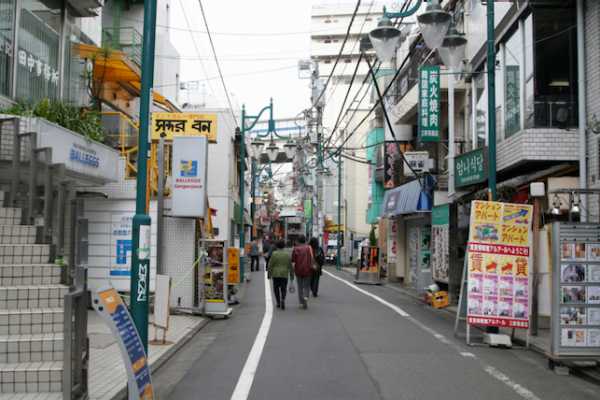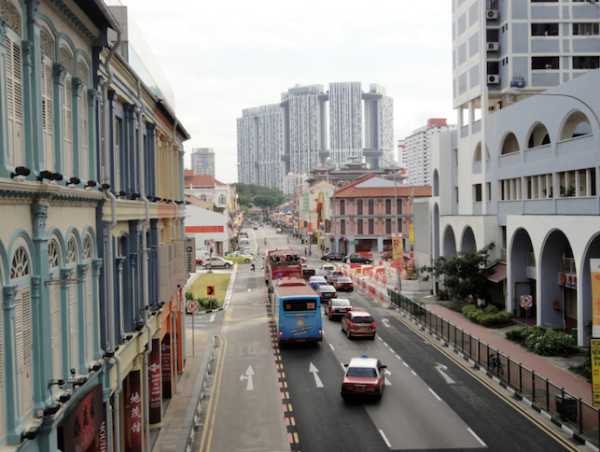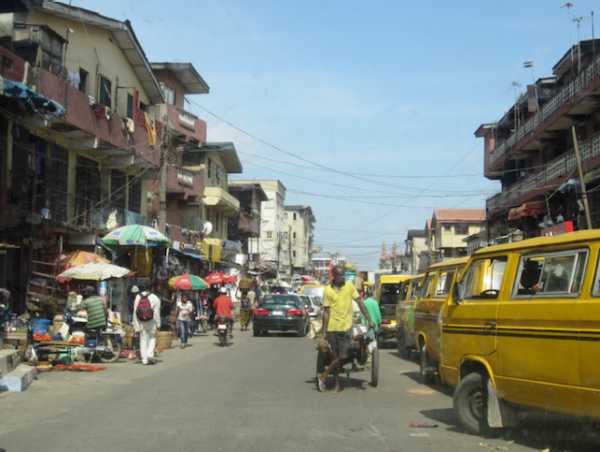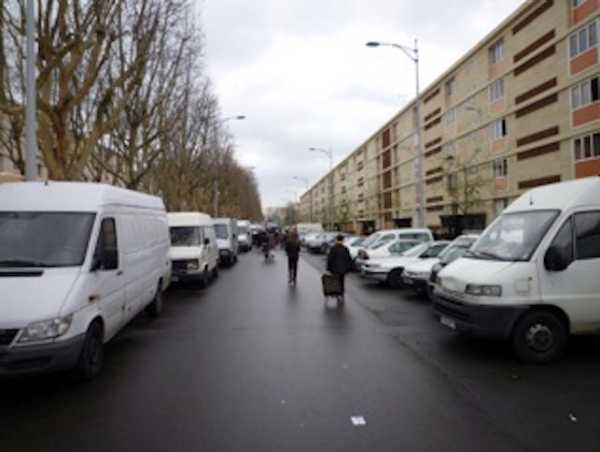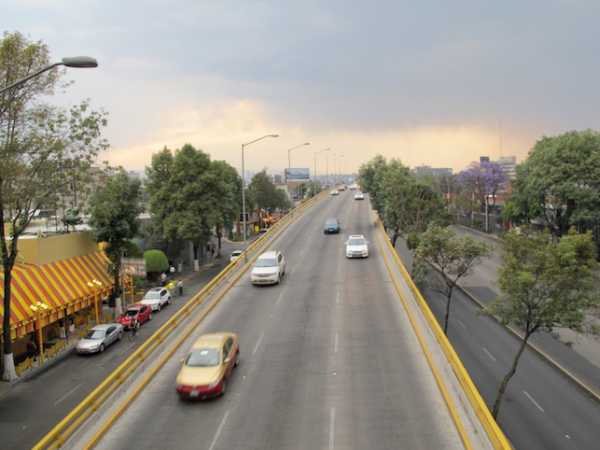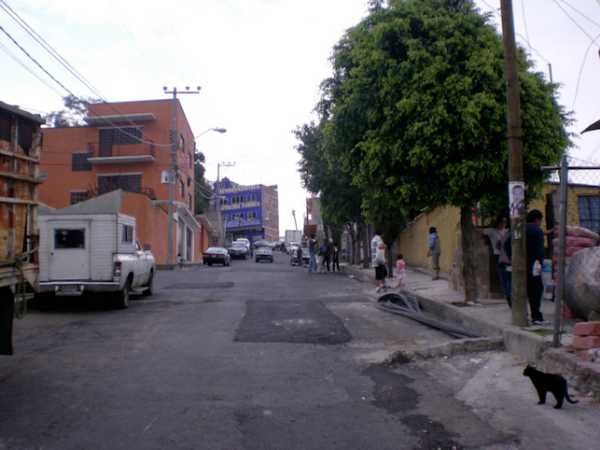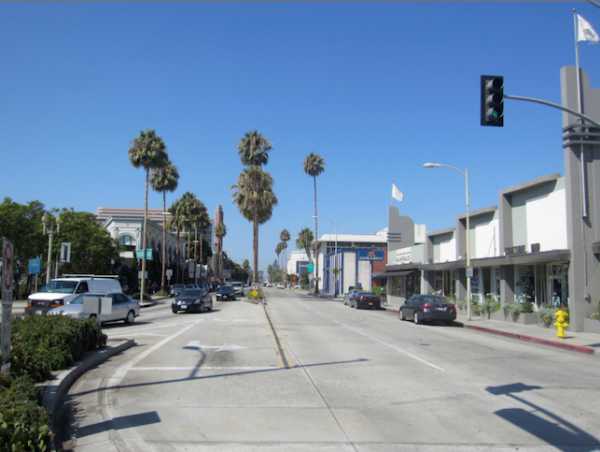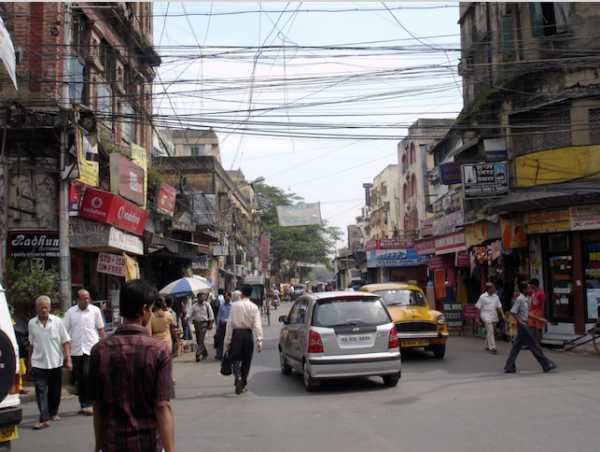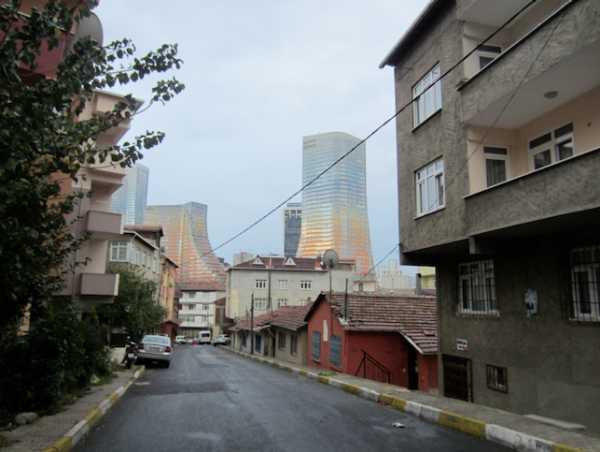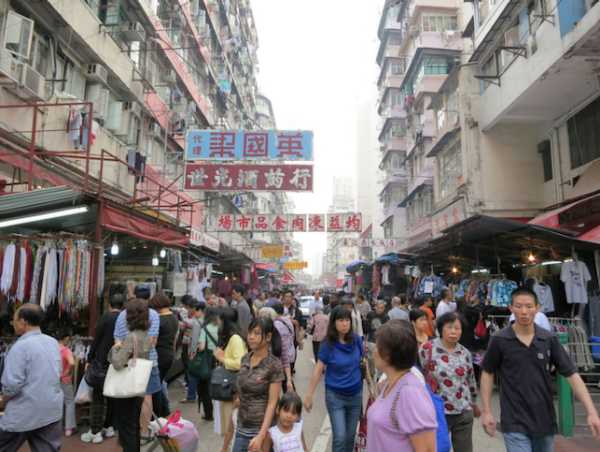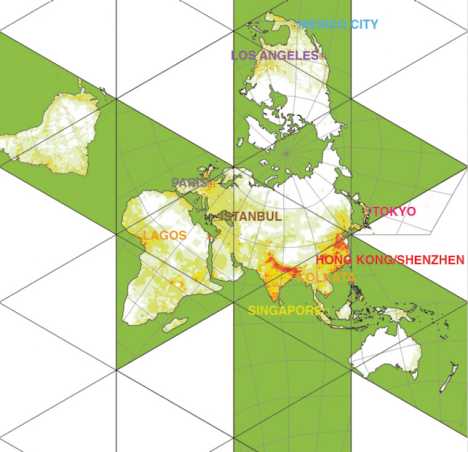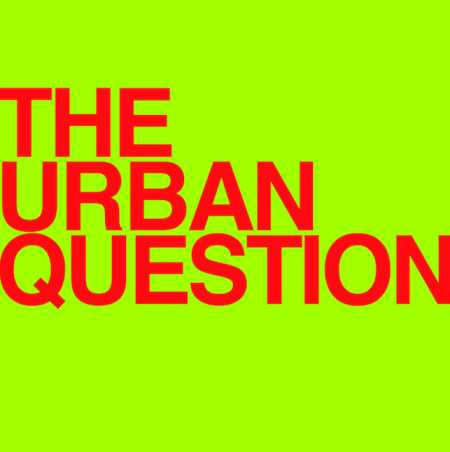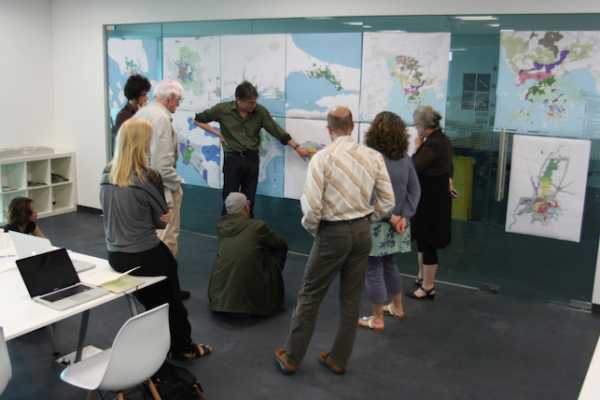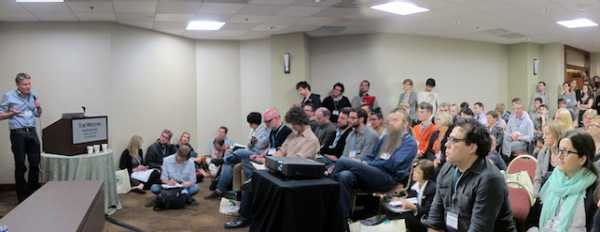Urban Sociology
Planetary urabnisation in a comparative perspective Building a comparative typology of global urbanisation processes, analysing the mechanisms that generate urban uniformity and difference, and proposing appropriate urban development model
The last two decades have seen a sharp increase in the speed, scale and scope of urbanisation that has fundamentally changed the character of urban areas. Transcending physical borders, political jurisdictions and social spheres, urbanisation has become a truly planetary phenomenon. While it is often assumed that this phenomenon leads inexorably to uniform and undifferentiated cities, evidence shows that it also gives rise to surprising forms of difference, diversity and variation within and between urban areas.
This simultaneous proliferation and diversification of urban forms has important implications for urban planning and design. In the first instance, it demands a more supple conceptual framework that can both hold the processes of planetary urbanisation and remain sensitive to the diversifying local manifestations. While many urban studies have examined particular cases in this emerging situation, a comparative and synoptic approach that captures both global and local dimensions is still lacking.
This module aims to redress this lack. It not only analyses the emergence of new urban forms, but elaborates the processes of urbanisation to explain how general tendencies are materialised in specific places. Methodologically, the module is structured around comparative analyses of patterns and pathways of urbanisation. Nine metropolitan areas are examined as case studies: Tokyo, Hong Kong/Shenzhen, Singapore, Kolkata, Istanbul, Lagos, Paris, Mexico City, and Los Angeles.
There are three major research objectives: first, to develop a methodological framework for comparative analysis; second, to analyse the mechanisms and differences of planetary urbanisation and to establish a typology of contemporary urbanisation processes; and, third, to examine the range of possible urban development models and their practical implications. Special attention is given to the analysis of urban potentials and the framing of possible strategies for a sustainable urban development.
The comparative approach has already allowed us to systematically analyse the diversity of responses to many of the common challenges posed by contemporary urbanisation, such as urban sprawl, housing for the poor, renewal of old housing stock, the maintenance of public spaces and monuments, in terms of their effectiveness, their unintended consequences, and their ramifications for the quality of everyday urban life.
In our bottom-up approach we started with the specific processes on the ground. For each of our case study cities, individual researchers have taken stock of the variety of urban processes that define the territory. Based on that, we produced detailed maps that display the relationship between distinct urban configurations for each metropolitan region. This allows us to propose a first set of meso-level categories, namely 'comparables', for a comparison of urban processes.
